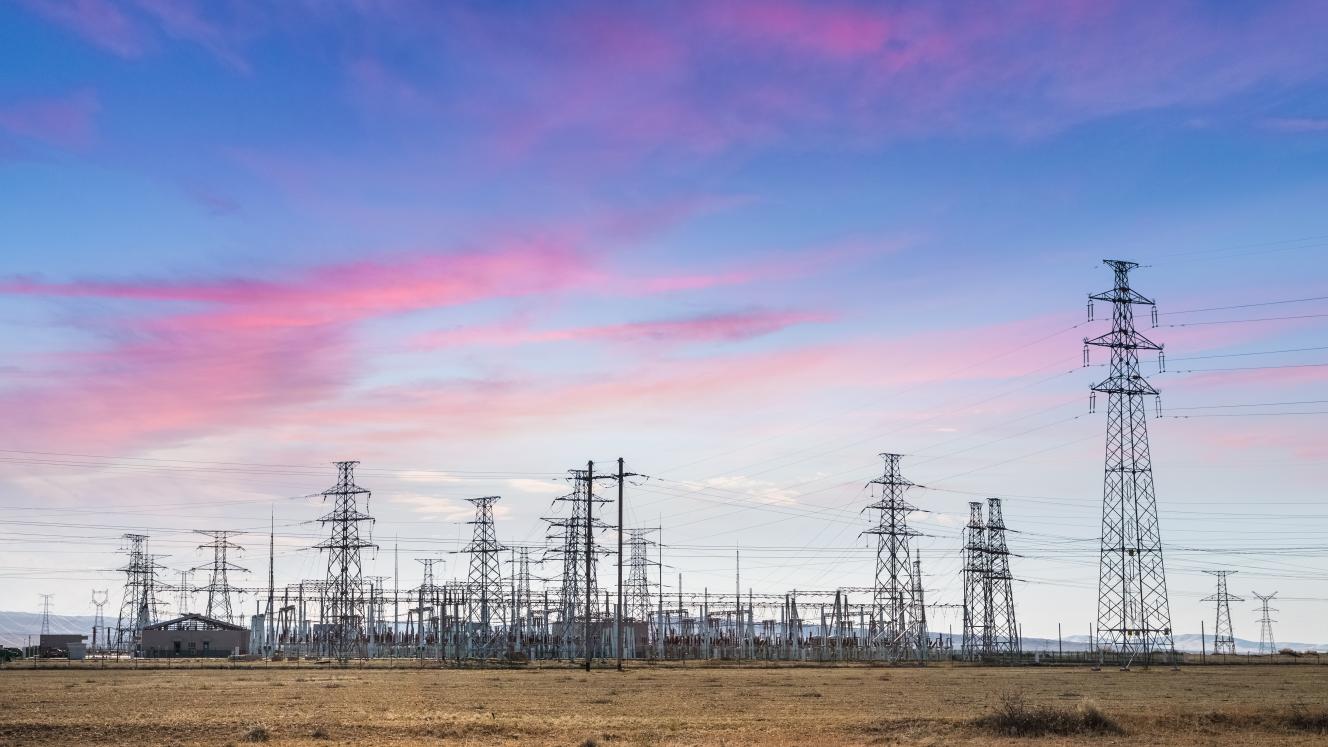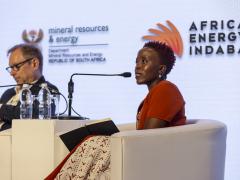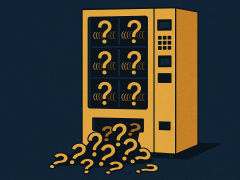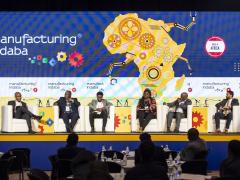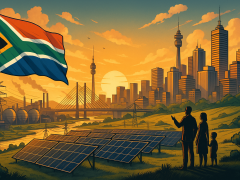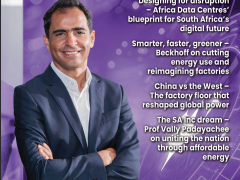Chris Yelland, Managing Director at EE Business Intelligence, provides his personal take on the Power Utility's Competition Commission Conundrum.

South Africa is at a critical juncture. With the Electricity Regulation Amendment Act (ERAA) now enshrining open access and competition into law, the promise of a reformed, liberalised electricity sector is finally within reach.
But Eskom’s conduct – and the silence of the Competition Commission – threaten to unravel these reforms before they even begin.
A pattern of selective objections
For more than a decade, private electricity traders have operated in South Africa with Eskom’s acceptance. PowerX, licensed by the National Energy Regulator of South Africa (NERSA) in 2009, and at least four others licensed since 2021, have been contracting with customers in Eskom and municipal supply areas. There were no court reviews, no objections, and it was business as usual.
Then, in 2024, there were five new electricity trader licence applications – by Green Electron Market, GreenCo, CBI Electric Apollo, NOA Energy Trading and Discovery Green – and suddenly, Eskom changed tack. It lodged objections against all five trading licence applications during the NERSA hearings.
However, in October 2024 and January 2025, NERSA granted the above five applicants trading licences, together with an import/export licence to GreenCo – the first of its kind. Eskom has subsequently filed a High Court review application in efforts to overturn these specific decisions by NERSA.
Since then, NERSA has granted four further trading licence applications – to Solis Energy Trading, Investec Bank, SOLA TradeCo and LinkSolar. While initially indicating its intention to oppose at least some of these applications, Eskom ultimately did not object, as evidenced by the cancellation of NERSA hearings after no stakeholders or members of the public registered to make representation to NERSA in respect of these applications.
Eskom’s inconsistencies are startling and unexplained. If Eskom truly believed traders undermined its tariffs, cross-subsidies or exclusive rights, it would oppose all licences. Instead, it fights some while tolerating others. This is not principle, it is protectionism. It reveals Eskom’s legal posture as opportunistic – a strategy seemingly designed to cherry-pick which competitors it fears most.
The objections themselves fail to stand up to scrutiny:
- Framework claim: The ERAA already mandates separate licences for generation, transmission, distribution, trading and import/export. Traders have always been licensed in parallel to Eskom’s distribution business. There is no “legal vacuum”.
- Exclusivity claim: Eskom’s 2021 distribution licence confers no exclusive right to supply. NERSA has clear statutory authority to grant multiple trading licences in the same area.
- Cherry-picking claim: Traders are not freeloading on Eskom’s network. The ERAA explicitly requires non-discriminatory access based on published tariffs. This is competitive neutrality in practice.
For years Eskom accepted these realities. Now, as liberalisation gathers pace, Eskom objects selectively – revealing its hand through anti-competitive exclusionary conduct – a textbook abuse of dominance.
The Minister’s plea – ignored
The move has not gone unnoticed at the top. On 11 August 2025, Energy & Electricity Minister Kgosientsho Ramokgopa publicly urged Eskom to drop its legal challenge to NERSA’s trading licences. He warned that litigation was undermining the very reforms Parliament had mandated and called on NERSA to expedite the finalisation of trading rules. Business leadership groups – Business Leadership South Africa (BLSA) and Business Unity South Africa (BUSA) – echoed his call, urging Eskom to align with national policy.
And yet Eskom has not stood down. This highlights a critical gap: if the Minister cannot persuade Eskom to abandon a litigation strategy that clearly contradicts Government’s own policy, how can investors trust Government’s ability to deliver on the Independent Transmission Project (ITP) programme or the Just Energy Transition (JET) especially as both rely on private sector investment?
The credibility of South Africa’s reform agenda depends not only on laws passed, but on whether Eskom – the largest state-owned enterprise (SOE) – obeys them.
Eskom’s abusive pattern continues
When NERSA invited interested parties to the first stakeholder engagement on 22 August 2025 to begin developing electricity trading rules, the intention was to create a collaborative forum to kickstart the process. But Eskom’s opening presentation reads less like a positive contribution and more like a court challenge, turning NERSA’s first trading rules workgroup into a virtual courtroom.
Slide after slide insisted that NERSA’s licensing of traders was unlawful, that contracts between distributors and customers had been “unilaterally cancelled,” and that customer choice was not an absolute right. In effect, Eskom used a collaborative regulatory workshop to advance its litigation strategy – before the courts have even had the chance to consider the matter.
This is not good good-faith engagement. It is virtual litigation, conducted under the cover of stakeholder consultation. This sits uneasily with the ERAA itself, which enshrines the promotion of competition and customer choice as explicit objectives of the law. Eskom’s approach is a throwback to the old monopoly model, directly at odds with the very reforms Parliament has just passed.
A similar abuse of process occurred during the final stakeholder consultation workshop on the draft Market Code on 11 September 2025. After failing to participate and engage in the first nine workshops facilitated by the National Energy Crisis Committee (NECOM) and NTCSA in 2024 and 2025, a representative from the Eskom Regulatory team finally pitched up to make input clearly intended to throw a spanner in the works.
The credibility gap is glaring. How can Eskom be trusted to help design the rules of a competitive market when it is simultaneously litigating to prevent that market from emerging?
Eskom’s policy vs NERSA’s rules
If Eskom’s behaviour in stakeholder workshops and its court papers isn’t enough, its own recently published wheeling policy drives the point home. Instead of aligning with NERSA’s Third-Party Wheeling Rules – enacted and promulgated after an exhaustive consultation – Eskom has produced a policy that openly contradicts them.
The policy fails to recognise traders as legitimate participants, imposes new administrative charges not approved by NERSA, and seeks to carve out its own balancing and forecasting mechanism which should be the remit of the NERSA rules. In short, Eskom is not implementing the Regulator’s rules, it is rewriting them.
In doing so, Eskom is once again using its dominance to frustrate the very reforms Parliament and NERSA have put in place to open the market and give customers real choice.
Locking in customers through long-term deals
While objecting to selective licences through court action and promoting its own legal claims virtually, Eskom is also moving to lock in its most lucrative customers.
In August 2025, it began offering 5- to 25-year power purchase agreements (PPAs) directly to large users of 10 MW and above. The South African Independent Power Producers Association (SAIPPA) immediately raised the alarm. These long-term PPAs risk foreclosing the market before traders and independent power producers (IPPs) can compete.
This is classic dominance strategy: object to rivals’ licences while simultaneously tying up customers. The effect is to suffocate competition while entrenching Eskom’s market share – a slow but steady death spiral where rising tariffs, locked-in customers and shrinking demand feed off each other in a vicious cycle.
A transmission system operator (TSO) that is anything but independent
One of the biggest factors currently slowing and frustrating the introduction of competition and the South African Wholesale Electricity Market (SAWEM), is Eskom Holdings now wanting to hold onto NTCSA assets and lease them to the TSO. This will compromise the independence of NTCSA and its ability to finance grid expansion, and hence will curtail and frustrate the entry of new independent generation, whether renewable energy, battery energy storage (BES), gas-to-power or nuclear.
The problem is magnified by Eskom’s incomplete unbundling. NTCSA was carved out of Eskom to become a credit worthy, financially self-standing, independent TSO. Its licence conditions demand impartiality and forbid anti-competitive behaviour.
Yet one of NTCSA’s non-executive directors has publicly echoed Eskom’s litigation line in opinion pieces and commentary. Under King IV governance codes, independence of mind and avoidance of conflicts of interest are non-negotiable. NTCSA must not and cannot be seen to take sides in market development and operation disputes.
If investors conclude that NTCSA is not independent but simply a branch of Eskom going by another name, confidence will evaporate. The ITP programme requires investment of R350- to R400-billion, some 14,500 km of new lines, and 133,000 MVA of new transformer capacity over the next 10 years. International lenders, development finance institutions (DFIs) and private banks alike will not fund that scale of expansion under a governance cloud.
The silence from the Competition Commission
South Africa has the laws. The Competition Act applies equally to state-owned and private companies. Abuse of dominance is prohibited. Telkom was fined for denying rivals access to its network. South African Airways was punished for exclusionary loyalty schemes. Eskom is no different.
Yet Eskom – the most dominant SOE of all – has never been the subject of a full market inquiry. Despite blackouts, tariff hikes, significant multi-billion bailouts and persistent anti-competitive conduct, the Competition Commission has stood back.
If the Commission cannot enforce competitive neutrality in the electricity sector – the single most important emerging market in South Africa’s economy – then what is its purpose?
The cost of inaction
The consequences are profound:
- Investors will walk. Rooftop and other onsite solar installations have surged and are already larger than Eskom’s contracted IPP fleet. Customers are voting with their feet. But private capital for publicly procured generation and grid expansion, and privately procured wheeled energy, will not come if incumbents can obstruct rivals at will.
- The ITP programme will stall. Private bids for transmission concessions – modelled on toll-road public-private partnerships (PPPs) – require confidence in a neutral transmission system operator. Without it, the grid build won’t be bankable.
- JET disbursements will shrink. Financiers, DFIs and doners want to see credible reform. With US funding withdrawn and only a fraction of pledges received, South Africa cannot afford more uncertainty.
- Consumers remain trapped. Eskom’s electricity price increased by 18.65% in 2023/24, 12.74% in 2024/25 and a further 12.74% in 2025/26, with an additional R94-billion still to be clawed back by Eskom through further tariff increases over and above those already determined by NERSA for the 2026/27 and 2027/28 financial years. With Eskom’s debt still above R400-billion, households and businesses are paying much more, even as demand for Eskom electricity declines.
This is the low road for South Africa: a cycle of rising tariffs, declining demand, selective obstruction, stalled investment and eroding trust – where monopoly power grows even as the interests of customers are sidelined.
A call to action
This is a call to action for the Minister of Energy & Electricity, the Minister of Trade, Industry & Competition, the Competition Commission, and policymakers across government. Neutral, independent enforcement of competition law is not optional – it is the foundation of a functioning, bankable electricity market.
The Competition Commission should undertake a market enquiry into Eskom’s dominant and abusive behaviour to exercise concurrent jurisdiction with NERSA. Rather than entrenching dominance, this is to ensure that trading rules promote entry and enforce governance undertakings from NTCSA, that there is equitable third-party access to public network infrastructure, and that NTCSA’s board and management are visibly independent. Eskom must be held to the same standard as Telkom and SAA. NTCSA must become a truly neutral operator. And the Competition Commission should act – decisively and visibly.
The alternative is clear: another decade of Eskom’s stranglehold, another decade of stagnation, another decade of broken promises. South Africa deserves better. Parliament has legislated it, investors are ready to fund it, and consumers are desperate for it.
© Copyright 2025 – EE Business Intelligence (Pty) Ltd. All rights reserved. This article may not be published without the written permission of EE Business Intelligence.

